|
For the better part of the last week, I have been on a pilgrimage with 18 youth and 4 other adults from Plymouth and Greeley First Congregational. The idea for this trip was born out of last year’s Confirmation class and my experience in my Pilgrimage class at Iliff. Our time was equal parts experiential learning, spiritual practicing, and (not enough) sleeping. We learned from and served with different communities in search of new or different expressions of the Divine Mystery. Ultimately, our hope was to foster deeper experiences of God for all participants on the trip. Now, I want to share some highlights of what we did.
Thursday We drove down to Crestone, where we were greeted with extravagant hospitality from Rev. Melissa and the Little Shepherd in the Hills Episcopal Church. We learned that Crestone is a town of 120 people, settled in Colorado’s geographically largest but demographically poorest Saguache county. Crestone is a funky little place, with no stoplights or restaurants and dozens of spiritual or religious centers. Decades ago, Crestone donated their land to religious communities who promised to show the world a better way of neighboring, and it became the spiritual hub it is today. Half of us slept in Little Shepherd’s historic log cabin chapel, and the other half slept in their fellowship hall. They let us use their kitchen, and all 23 of us shared their single bathroom. After settling in, we went to the Tashi Gomang Stupa. There are at least seven Stupas around Crestone, but this one is the largest and highest Stupa, offering beautiful views of the San Luis valley and a reverent meditative atmosphere. We learned about how people from the nearby Zen Center hike up to the Stupa each morning for meditation. Later that night, we hiked up to the Crestone Ziggurat for some stargazing. The Ziggurat had been built in the 70s by the father of the Queen of Jordan to be a place for personal prayer and meditation. The night we were there was clear and stunning. Many of our students had never seen that many stars. Personally, I’ve only seen the Milky Way that clearly a small handful of times. Question: if we started each day with such intentional practice, how would it change the way we live our whole lives? Friday First thing in the morning, we went to visit the MahaLakshmi Temple. Again, we were embraced with radical hospitality. We learned about their daily fire ceremony, engaged in some community service - cleaning, strawberry-picking, carrying fire wood, shop-keeping - and they fed us both breakfast and lunch. The fresh strawberries at lunch were just magical. One student said they tasted like sunshine. After spending a good deal of time with the community there, I was struck by their devotion to daily worship, spiritual practice, and universal welcome. We left the Lakshmi temple and went straight to visit the volunteers at the Crestone End of Life Project. They run the only open air funeral pyre in the country. This project and these people deal with death in a way that is altogether sacred, celebrant, reverent, and joyful. At the end of my life, I just might move to Crestone so that I can be sent off by COELP. Question: how can our churches embody the same radical engagement and nuanced approach to life and death? Saturday We spent the morning packing, cleaning, and working in Little Shepherd’s community garden. Several of the church members came to teach us how to garden. We prepped buckets of produce for the community food bank. One of Melissa’s congregants donated some of their local beef, and we used that and greens from the garden to make a taco bar for lunch. We offered our thanks and our goodbyes. Then we hit the road for Santa Fe, where we enjoyed an authentic New Mexican dinner at Tomasita’s before getting to the United Church of Santa Fe. United is a UCC church that started in the 80s, and Rev. Talitha Arnold has been with them almost since their beginning. She welcomed us in with a tour of the building, teaching us about how they have intentionally created their sacred church spaces to center the natural sacred environment of Santa Fe. They have a water feature in their sanctuary, which is adorned with wood and adobe bricks and bright windows. A walking path takes you all the way around the church, where they have several different spaces dedicated to outdoor worship services. Question: how do our sacred spaces and practices connect us to our environment? Sunday We joined United for an outdoor communion service. Some of our students got to read different parts of the liturgy. Immediately following, we were invited to watch their summer choir rehearse, which was a total gift. Together, we reflected on how United is different from Plymouth and First Cong Greeley. Rev. Talitha offered a sermon that encouraged us to find God in the Body of Christ, that is, the people of God who are the Church. That afternoon, we explored Meow Wolf. One of our students was able to crack the entire story - and if you’re familiar with Meow Wolf, you know that takes some work and lots of imagination. When we got back to the church, we journaled about finding the sacred in the creative artistry of that exhibit. Question: where are the most unexpected places that you have found God? Monday The Poeh Cultural Center tells the story of the Tewa People, the Spanish and Catholic colonization of New Mexico, and the Pueblo Revolution - the first fight for freedom in North America. This story is not told in many of our history books, but it gives important context for the cultural and religious landscape that today’s America was built on. Later, when we visited the Santa Fe Plaza, we were standing on the same ground where the Pueblo Revolution was won. Their story was told through native art like paintings, clothing, pottery, clay figures, and animation. After our time with the people at the Poeh Cultural Center, we made it to the Santuario at Chimayo. The students described this place as “heavy” and “peaceful.” There are photos and crosses and candles all over the grounds, each representing thousands of prayers. The dirt is holy. And again, there was art everywhere - statues, stained glass, mosaics, paintings, and wood figures to name a few. We learned about Guadalupe and saw how Chimayo is a spiritual pilgrimage place for Vietnamese, Native, Mexican, and Western Christians. That evening, we visited the Cathedral Basilica of St. Francis of Assisi. These grounds were also fully decorated with statues, mosaics, and stunning architecture. Through the whole day, especially following some of the religious motifs I had noticed at Meow Wolf the day before, I was moved by the devotion, care, and attention given toward creating and maintaining the beauty of these spaces. Question: where do we see our Creator in what we create? Tuesday We packed up and cleaned up first thing in the morning. United is one of the most simply beautiful churches I have ever got to spend time in, and we were so grateful to have their hospitality. We loaded up and visited the Santa Fe Farmer’s Market before hitting the road. There are plenty of other things I didn’t write about here - we went to the Sand Dunes, swam in some pools, danced downtown, and ate SO much good food. We also spent time each day doing contemplative practices together. Arguably, the most important aspect of a pilgrimage is the communitas - and these students built a special community that laughed and played and screamed and cried and prayed and will be with them for a long time. Thank you, Plymouth, for making experiences like this possible. We are cultivating a beautiful future Church. Brooklyn “Carry each other’s burdens [on the pilgrimage of life] and so fulfill the law of Christ.” From a Stephen Ministry handbook for pastors, Galatians 6.2 CEB “On pilgrim pathways we learn the myth of control, the wisdom of relinquishment, the promise of the unpredictable and the embodiment of grace.” From Without Oars by Wesley Granberg-Michaelson* 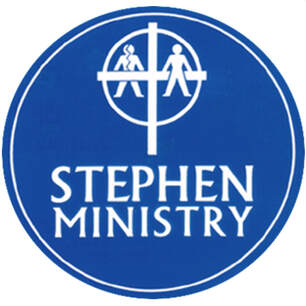 This coming Sunday, May 16th, Plymouth celebrates pilgrimage. We will celebrate our individual spiritual, our inward, pilgrimage and our communal faith community, our outward, pilgrimage. We will do this in two distinctive, but connected, ways: through our Visiting Scholar events and through commissioning of our new Stephen Ministers in our 10 a.m. service. Last month I was quite excited to invite you to read our Plymouth Reads book, Without Oars: Casting Off into a Life of Pilgrimage, in preparation for our day with the author, Wesley Granberg-Michaelson. Many of you have taken me up on the invitation. (And there are still books available in the office, $10 cash or check.) This month I am quite excited to introduce you to our Stephen Ministry lay caregiver ministry and our Stephen ministers. How might these two programs be connected? Our Visiting Scholar, Wes Granberg-Michaelson describes pilgrimage as “embodied faith, taking steps ahead that teach us what we need to leave behind.” Our strategic planning team has discerned that “Plymouth’s purpose for the next 3-5 years is to embody beloved community with God, each other and our neighbors.” This coming Sunday, through our Visiting Scholar programming, we will explore being the gathered, worshiping, serving community of church, the Body of Christ, as pilgrimage. Amid this exploration we will commission ten among us to embark on a pilgrimage of embodied care for those in our community who need a companioning presence during tough times. The Stephen Ministry introductory handbook for pastors describes the program as “equipping congregation members to provide distinctively Christian care to those who need it.” After at least 100 hours of training and study Stephen Ministry lay caregivers are prepared to care for their fellow congregants who have experienced a life crisis with on-going, one-on-one attention that pastors cannot always maintain, especially in a larger congregation. Hal and I will continue to be “first responders” in the event of an acute life crisis, such as the death of a loved one, a major medical crisis, job loss or a financial crisis, divorce, family caregiver stress, or a long-term illness. After ministry and care with one of us for an appropriate length of time we can then (with your permission) refer you to the Stephen Minister Referral Coordinator. In Plymouth’s case this is Stephen Minister and Stephen Leader, Eric Ferm, who will follow up to explain the Stephen Ministry caregiving program and assign a Stephen Minister if you are willing. Eric works to coordinate the program with our other two Stephen Minister Leaders, Peter Mullarkey and Lory Clukey. Once a good match is made between caregiver and care receiver, the embodied care of the Stephen Minister lay caregiver begins as they meet with you weekly for as long as their presence is needed, offering empathic listening, prayer, emotional support, and other resources, if needed. (And we, the pastors, will always be available for occasional check-in.) This kind of trained lay caregiving is embodying beloved community and it is a journey of embodied faith, a pilgrimage. Stephen Ministry lay caregiving is only one facet of multi-faceted lay pastoral care program at Plymouth that includes our Calling/Caring visitor program, our annual contact calling/emailing by the deacons, and our new Faith Nurse ministry program. Stay tuned for a vision of the entire pastoral care program and how it works together with the pastors in my June Staff Reflection. Until then, please tune in to our 10 a.m. service and prayerfully support our new Stephen Ministers: Nancy Bryan, Lory Clukey, Karen Dawson, April Mason, Fran Milde, Sara Mullarkey, Anna Olsen, Colleen Silan, and Irene Wherritt. Please tune in Sunday to experience Wes Granberg-Michaelson’s three presentations with us this coming Sunday: his10 a.m. sermon in our prerecorded service, “Can the Pandemic Begin a Pilgrimage?”, his afternoon webinar (1-3 p.m.) mentioned above and his 6 p.m. Zoom service sermon, “Re-entry: Our Congregation’s Pilgrim Progress.” (Get more info and register here for the webinar.) God has joyful, risk-taking, love-giving work for us to do through our beloved community of faith! With you on the pilgrimage, *Wesley Granberg-Michaelson, Without Oars: Casting Off into a Life of Pilgrimage, (Broadleaf Books, Minneapolis, MN, 2020, 112). Click image below to learn more and to register for the afternoon event:
“We are pilgrims on a journey; we are travelers on the road. We are here to help each other share the mile and bear the load.”  Mayflower II, courtesy of Plimoth Plantation Mayflower II, courtesy of Plimoth Plantation I love that line from the hymn, “Won’t you let me be your servant.” It speaks to a dominant metaphor in our age: that our spiritual lives are a journey. 2020 is an important year in Congregational and U.S. history as it is the 400th anniversary of the arrival of the Mayflower in what is now Plymouth, Massachusetts. (Great book recommendation: Mayflower by Nathaniel Philbrick.) Pilgrimage is an important metaphor and action in our faith tradition. For most of us, it does not involve doing penance for past wrongs, but rather a way of deepening our faith. When Muslims make a pilgrimage — the Hajj — to Mecca, or when Jews travel to Jerusalem, or when Buddhists walk from temple to temple in Japan, they are engaging a deepening of their spiritual journey. Like the journey of Abram, the forebear of three of the world’s great religions, left Haran and set out, he set a pattern for one-way pilgrimage that doesn’t include a return trip. Likewise, the early Irish saints called themselves peregrini, and they went out on a one-way pilgrimage as well. In this coming year, I invite you to imagine a new pilgrimage for this congregation, whose name itself bears the indelible mark of pilgrim journey. As we engage a new strategic plan this year, we will imagine new vistas for our congregation. We will dream new dreams for our congregation: who we are, how we serve our neighbors, and where God is calling us to go. T.S. Eliot in Four Quartets wrote, “We shall not cease from exploration / And the end of all our exploring / Will be to arrive where we started / And know the place for the first time.” May God help us this year help us to journey together, explore and expand our view, and to see Plymouth again for the first time. Shalom! AuthorThe Rev. Hal Chorpenning has been Plymouth's senior minister since 2002. Before that, he was associate conference minister with the Connecticut Conference of the UCC. A grant from the Lilly Endowment enabled him to study Celtic Christianity in the UK and Ireland. Prior to ordained ministry, Hal had a business in corporate communications. Read more about Hal. The pilgrim sets forth, tethered to the past by unseen bonds of memory, yet cloaked in hope, afoot in sandals of determination, trudging toward something new.* This past Sunday a pilgrim came to us at Plymouth as our candidate for the full-time Associate Minister position. Her name is the Rev. Carla Cain. I am very grateful to say that she was welcomed warmly and the vote on her candidacy at the congregational meeting was overwhelmingly “Yes!” Thanks to all of you who were with us at the Meet and Greet time for Carla on Saturday, and all who were with us on Sunday to welcome her in worship and to welcome her onto our Plymouth staff! I look forward to working with her as a colleague. And I look forward to helping you get to know her as one of your pastors. Her first day on the job will be Sunday, December 15th, the third Sunday in Advent. I hope you will be at church that day! (If you are still catching up on this staff development, you can find info on Carla and her call as our full time Designated-Term Associate Minister here.) The above description of being a pilgrim truly fits the feeling of coming to a new ministerial position. You come with your past experiences of ministry, with so many dear memories of past relationships with parishioners you have loved, of friends you have ministered with as a colleague. It is poignant, and a little scary, to leave these cherished and comfortable ways of being behind and to strike out into unknown territory. It is also exciting and “cloaked in hope” for the new relationships that will be established, the new forms of ministry that you will encounter, the new worship services you will lead, classes you will teach, sermons you will write. I can tell you from my experience of Carla that she does come with hope and determination to share the good news of God-with-us in Jesus the Christ here at Plymouth. She brings a hugely compassionate heart, a keen mind, a great sense of humor and a spirit deeply in touch with the Spirit. She is equipped to encourage us and to challenge us as we continue to go deeper in faith and in expanding the realm of God’s love and justice here in northern Colorado. Being a pilgrim is not limited to those of us in professional ministry. We are ALL pilgrims on the way in life. How is your life like the pilgrim described in Mary Ylvisaker Nilsen’s quote above? What “new” journey are you setting out on this week? It could be large or small. Either is significant. How do the “unseen bonds of memory” tether you? Do they ground you with confidence? Or are they holding you back? What gives you hope this day? What is woven together in the cloak of hope that protects you on the journey? Where are you determined to go? Baby steps count on the journey! Who are your companions as you “trudge toward something new?” You know what I will say next, right? You are not alone! God is always with you on your journey. God comes, bidden and unbidden, to trudge along side each of us. Sometimes in the presence of prayer, sometimes in the presence of a single soul friend, sometimes in the presence of community. At Plymouth we all come to worship each week as pilgrims, with cherished and not so cherished memories of the past, with cloaks of hope that may need repair or may be large enough to share. We come trudging with determination to be together in God’s presence and to welcome all who may to stop by on their journey to worship with us. Thanks be to God for the journey! With you in Spirit, PS If you are interested in the Visual Theology Pilgrimage to Italy that Hal and I are leading in April 2020 visit this page! The sign up deadline is November 30th. * Poetic description written by Mary Ylvisaker Nilsen for the artwork of Kristi Ylvisaker which is inspired by the poetry of Denise Levertov; From the cover of Faith@Work magazine, Spring 2008. AuthorThe Rev. Jane Anne Ferguson, Associate Minister, is a writer, storyteller, and contributor to Feasting on the Word, a popular biblical commentary. She is also the writer of sermon-stories.com, a lectionary-based story-commentary series. Read more 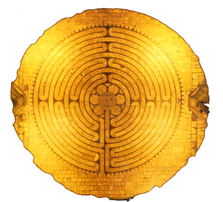 With a name like “Plymouth,” it’s hard to get away from the idea not just of the Plymouth Pilgrims, but from the concept of pilgrimage in general. Our faith is perhaps best described as a journey…not a stable, set-in-stone condition, but one that evokes movement and transformation. Some pilgrimages, like those of Abraham and our New England spiritual forbears are one-way pilgrimages through which one arrives at a new destination. In a recent series of adult ed. forums, Plymouth folks recounted their (round-trip) pilgrimages to the Holy Land, on the Camino de Santiago de Compostella, and in Scotland. Even though their journeys brought our pilgrims back home, pilgrimage is meant to change the way one sees God, self, and other. But what if one doesn’t have the time, money, physical ability, or inclination to travel on a pilgrimage? For 13th-century would-be pilgrims in France, the answer was to walk the circuits of the labyrinth in the cathedral at Chartres, emulating a pilgrimage to Rome or Jerusalem. Walking the labyrinth is a meditative tool rediscovered in the 1990s by the Rev. Lauren Artress, an Episcopal priest. According to the website of the organization she founded, “The labyrinth is a walking meditation, a path of prayer and an archetypal blueprint where psyche meets Spirit. It has only one path that leads from the outer edge in a circuitous way to the center. There are no tricks to it and no dead ends. Unlike a maze where you lose your way, the labyrinth is a spiritual tool that can help you find your way.” I’ve used the labyrinth for prayer at volatile times in my life when I’ve needed to find the quiet center, at times when I am in discernment about a significant decision, and at times when I’ve just needed to seek God’s presence through a physical prayer form. A ministry team at Plymouth, led by Jane Nicolet, has been working for just about a year with our Memorial Garden Ministry Team and our Trustees to design and create such a tool for Plymouth. The Trustees excavated the space, filled in recycled concrete base, and the layer of breeze visible on the surface. The ministry team had a group of 20 Plymouth volunteers, from teens to seniors, place bricks into place to form the circuits of the labyrinth. The Leadership Council authorized financial support from the Memorial Garden reserve fund, memorial gifts given in honor of our members, the sale of several cemetery plots Plymouth owned, and an unsolicited gift from one of our members. Landscaping and two benches will also be added this spring. I invite you to join us as we dedicate the new labyrinth on Pentecost Sunday, May 20 at 12:15 (after the 11:00 service). Join us to thank our volunteers and to ask for God’s blessing. So, why and how does one use the labyrinth? For years, members of our congregation have been asking for advice on how to pray. The labyrinth provides a beautiful tool for walking prayer. It doesn’t require years of discipline to encounter…just the will to engage with intention and attention. Even if you have a robust prayer life, I’d recommend trying a prayer walk using the labyrinth to mix it up a bit. It is available to you at any time during the week…unless a service is in progress in the sanctuary or memorial garden. One of the members of the Labyrinth Ministry Team, Pat Slentz, will become a trained labyrinth facilitator this summer in a workshop with Lauren Artress at Ghost Ranch in New Mexico. Deep thanks to all who have participated in helping this dream become a reality here at Plymouth! I look forward to group walks, incorporating the labyrinth into our Sunday evening services, and to seeing you out walking in prayer! Shalom! Trustees Gary Olsen, Allen Norskog, Tom Dille, Barry Beatty, and Trustee Emeritus Tom Nesler do the initial grading and laying base materials. Plymouth volunteers completed the layout in one Saturday…many hands made light work! An aerial photo from a neighbor’s drone caught Plymouth volunteers laying brick into the labyrinth. Here is a guide from Lauren Atress on veriditas.org (download a PDF version here): The labyrinth is a sacred place set aside for you to reflect, look within, pray, negotiate new behavior. The rhythm of walking, placing one foot in front of the other, empties the mind, relaxes the body and refreshes the spirit. Follow the pace your body wants to go. The labyrinth can be walked in four stages. As you encounter other people walking the same path, simply allow them to pass. You walk the labyrinth with your body and rest your mind. REMEMBER Before walking the labyrinth Take time in gratitude be thankful for your life. Bless the people in your life. If there’s a specific event or situation troubling you, bring it to mind and form a healing question if possible. RELEASE Walking into the labyrinth This is the time to quiet the mind, let go of the mind chatter and release your troubles. Open your heart to feel whatever it might feel. Become aware of your breathing. Take slow breaths. Relax and move at your own pace. RECEIVE Standing or Sitting in the Center This is a place of reflection. Pause and stay as long as you like. Open yourself to your higher power. Listen to that small inner voice. In the safety of the labyrinth have a heart-to heart talk with yourself. RETURN Walking out of the labyrinth When you are ready, begin walking out the same path you followed in. Walking out, integration of your experience happens. Experience the sense of well-being, healing, excitement, calm or peace. Each labyrinth experience is different. You may feel nothing or have a powerful reaction. Whatever, listen to your heart and take all the time you need. The above description is only a thumbnail sketch. You provide the bigger picture. AuthorThe Rev. Hal Chorpennng has been Plymouth's senior minister since 2002. Before that, he was associate conference minister with the Connecticut Conference of the UCC. A grant from the Lilly Endowment enabled him to study Celtic Christianity in the UK and Ireland. Prior to ordained ministry, Hal had a business in corporate communications. Read more about Hal. |
Details
|
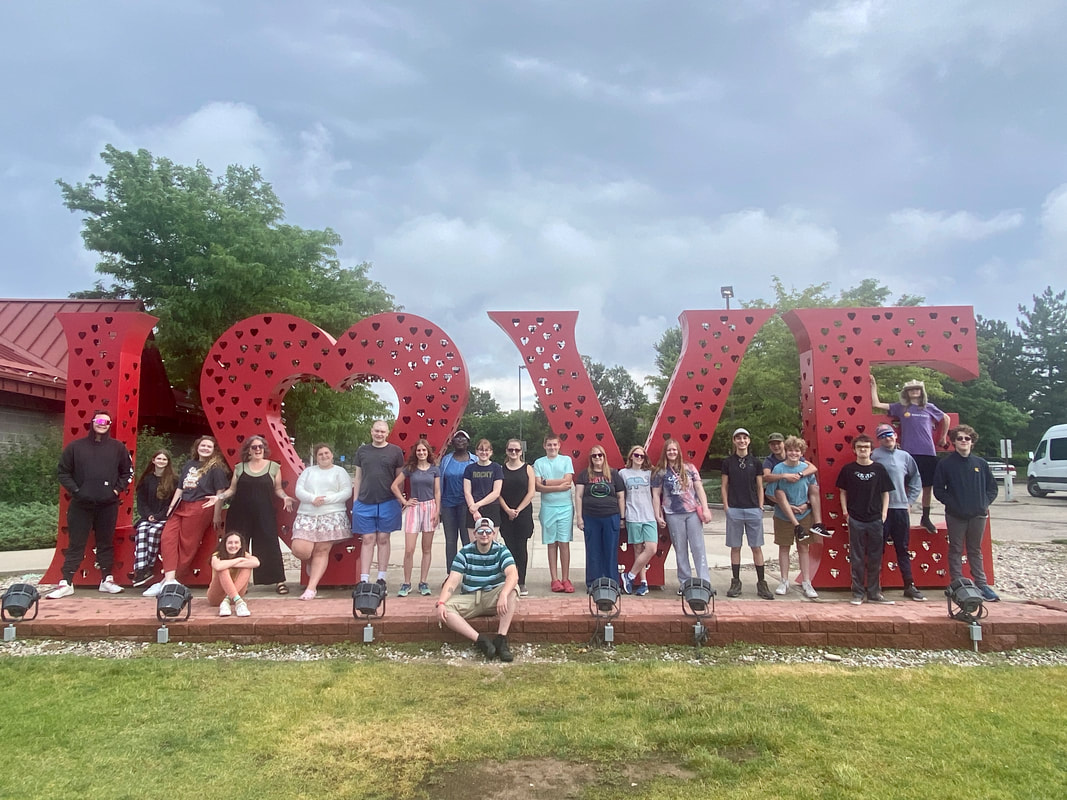

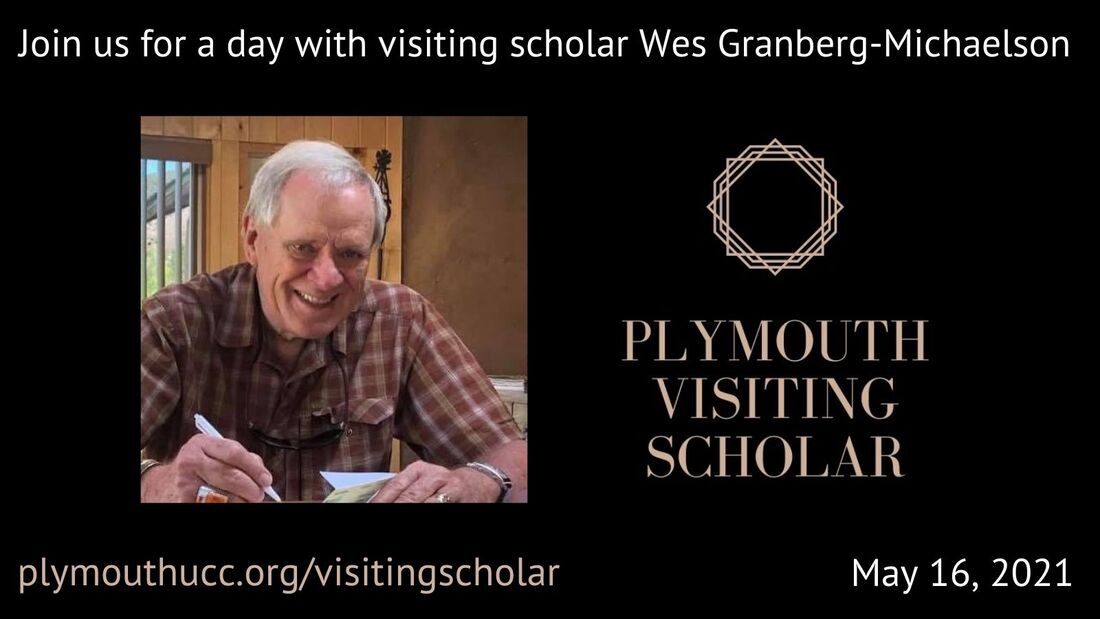

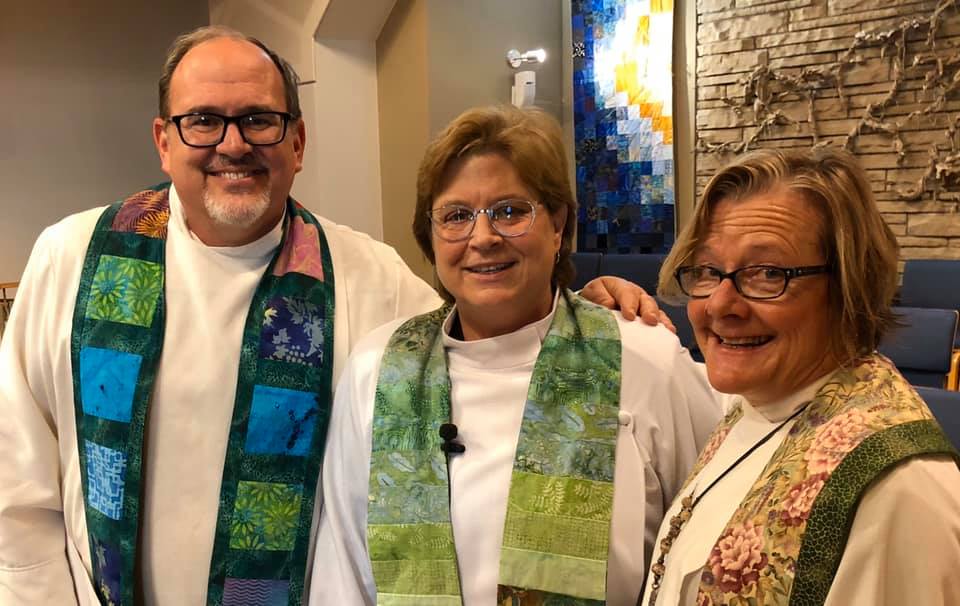


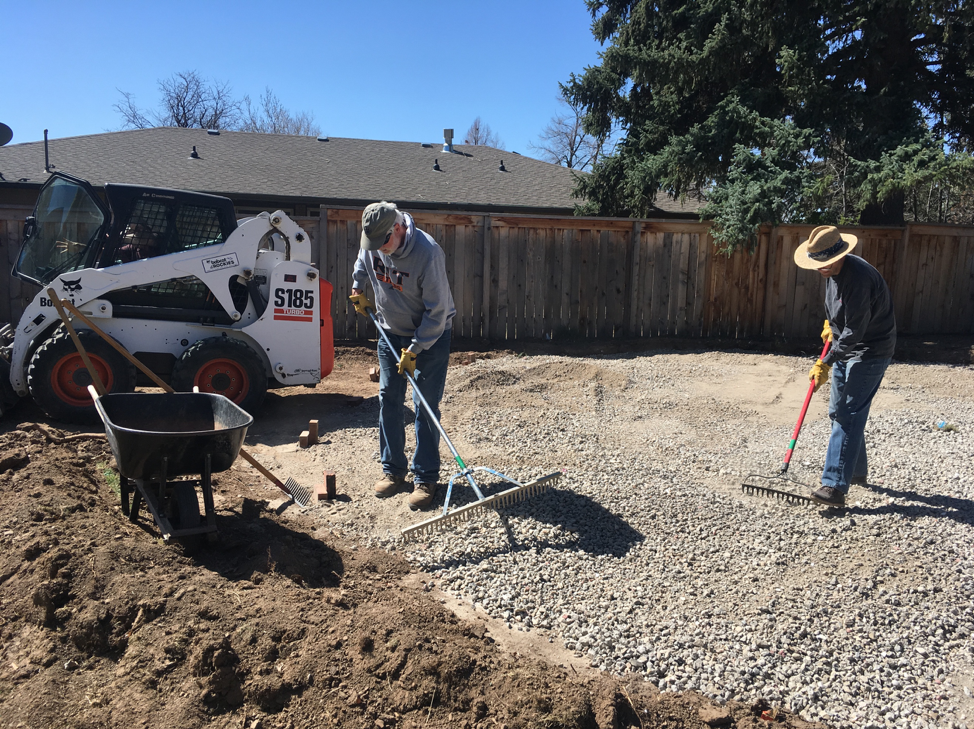
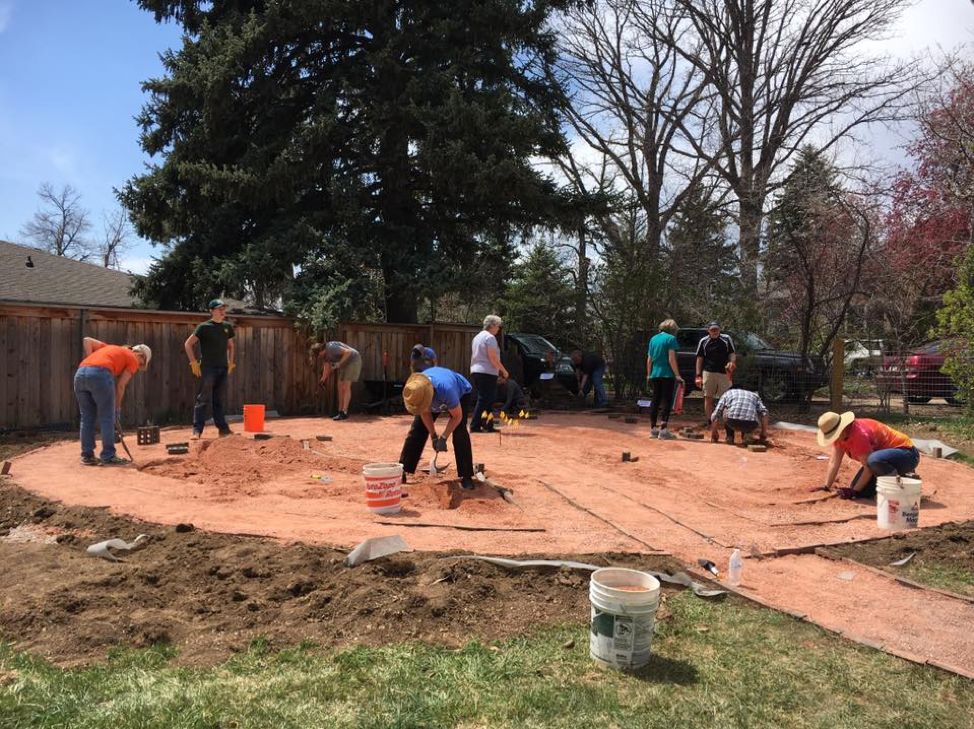
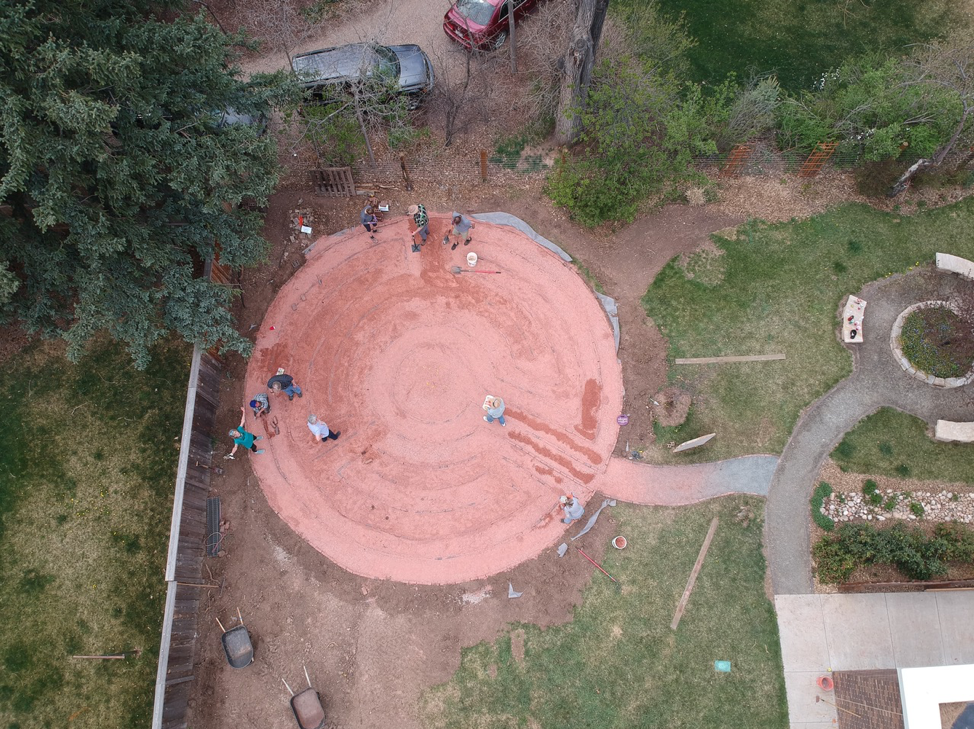
 RSS Feed
RSS Feed